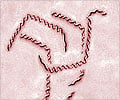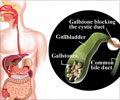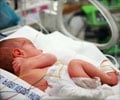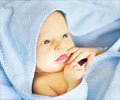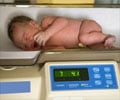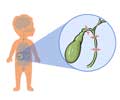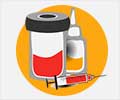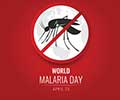- Mather, Cotton. The Angel of Bethesda. 1724 [Reprinted in Jones GW (ed). Barre, MA: American Antiquarian Society and Barre Publishers; 1972, p. 191.
Neonatal Jaundice - Overview and History
The presence of excessive serum bilirubin in infants with Neonatal Jaundice imparts a yellow color to the skin.
The word 'Jaundice' is derived from the French word 'Jaune' meaning yellow. It is indicative of the yellow coloring of the skin of newborns with neonatal Jaundice, caused by the presence of excessive serum bilirubin.
Bilirubin, a yellowish-red pigment formed during the breakdown of red blood cells (RBC), is normally present in the blood in small quantities. When there is excessive red blood cell breakdown, the bilirubin level in the blood goes up and it also gets deposited in the tissues, imparting a yellow color to the skin.
There is a Disease, which has been called, Morbus Regius, or, The Royal Disease; because it brings with it the Colour of Gold unto them that have it. But so poor a Recommendation will not make the Jaundice to be wished for. The Excretion of the Bile into the Intestines, meets with some Obstruction, and so it Regurgitates and is Carried with the Blood all over the Body, whereby all the Parts, both the Solid and the Fluid, come to be tinged with a Yellow. - Cotton Mather, 1724.

